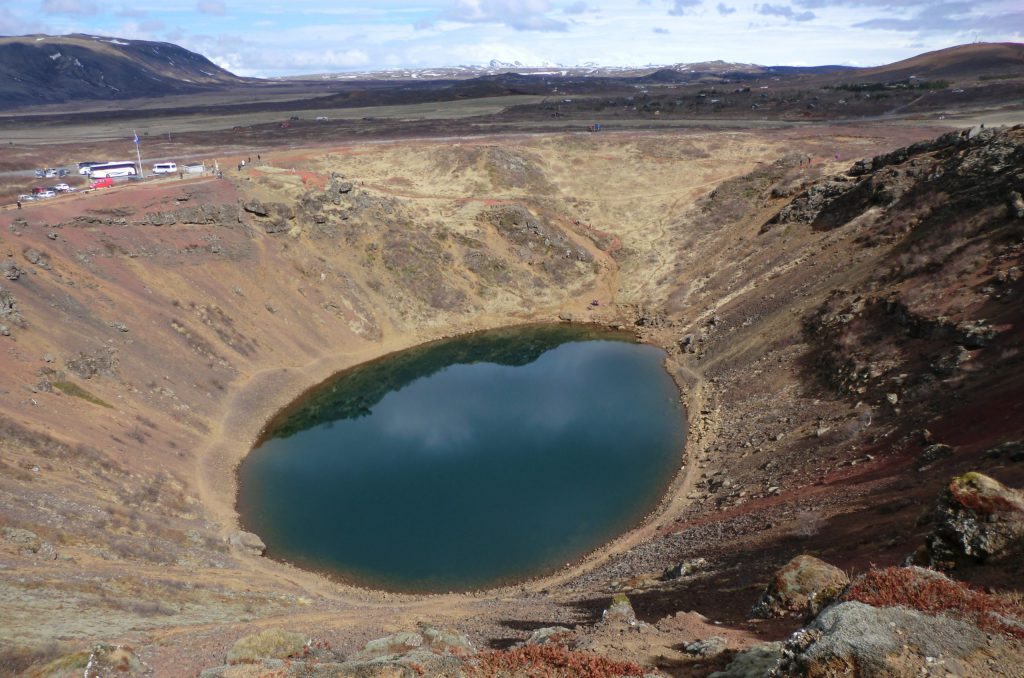A substantial part of Belgium is covered by Ardennes (French: Ardenne; Dutch: Ardennen), a region of extensive forests, hills and ridges. You can do a lot of fun things there such as walking, cycling, fishing, climbing, canoeing and kayaking. What you can also do is just to enjoy beautiful nature. For instance, you may decide to visit some of the caves. We visited the caves of Remouchamps (French: Grottes de Remouchamps; Dutch: Grotten van Remouchamps) and we did not regret.











